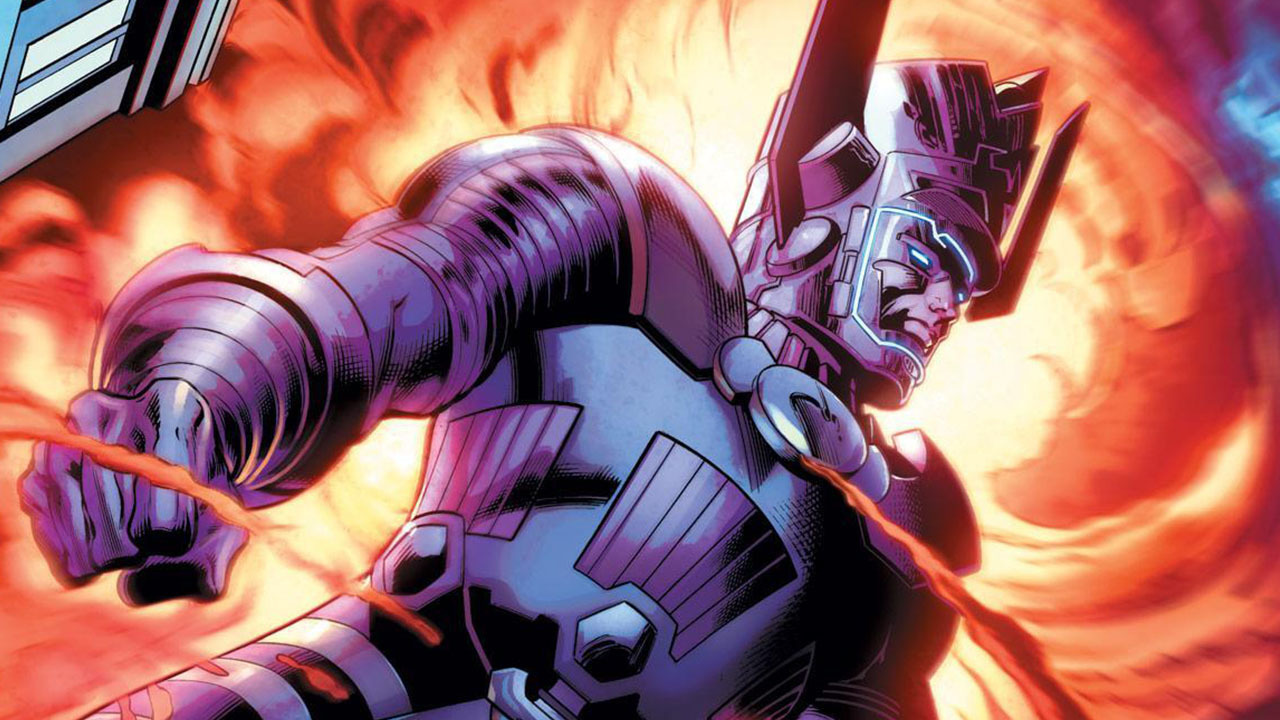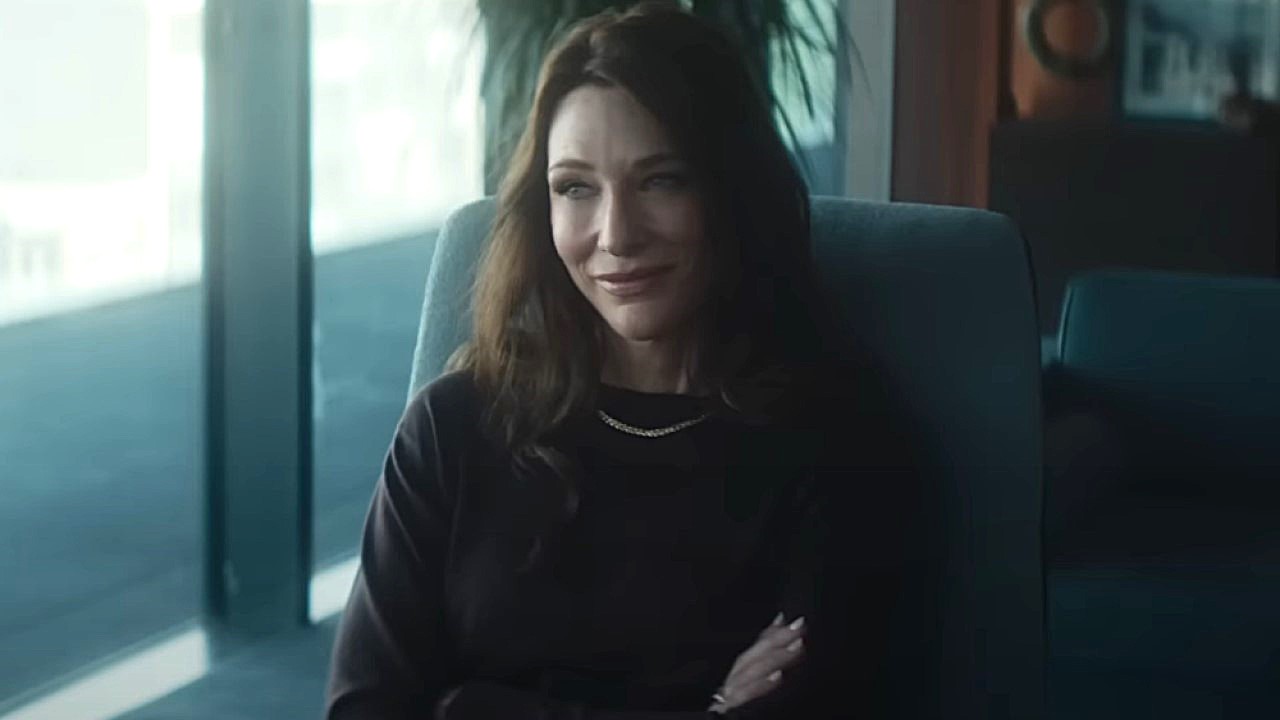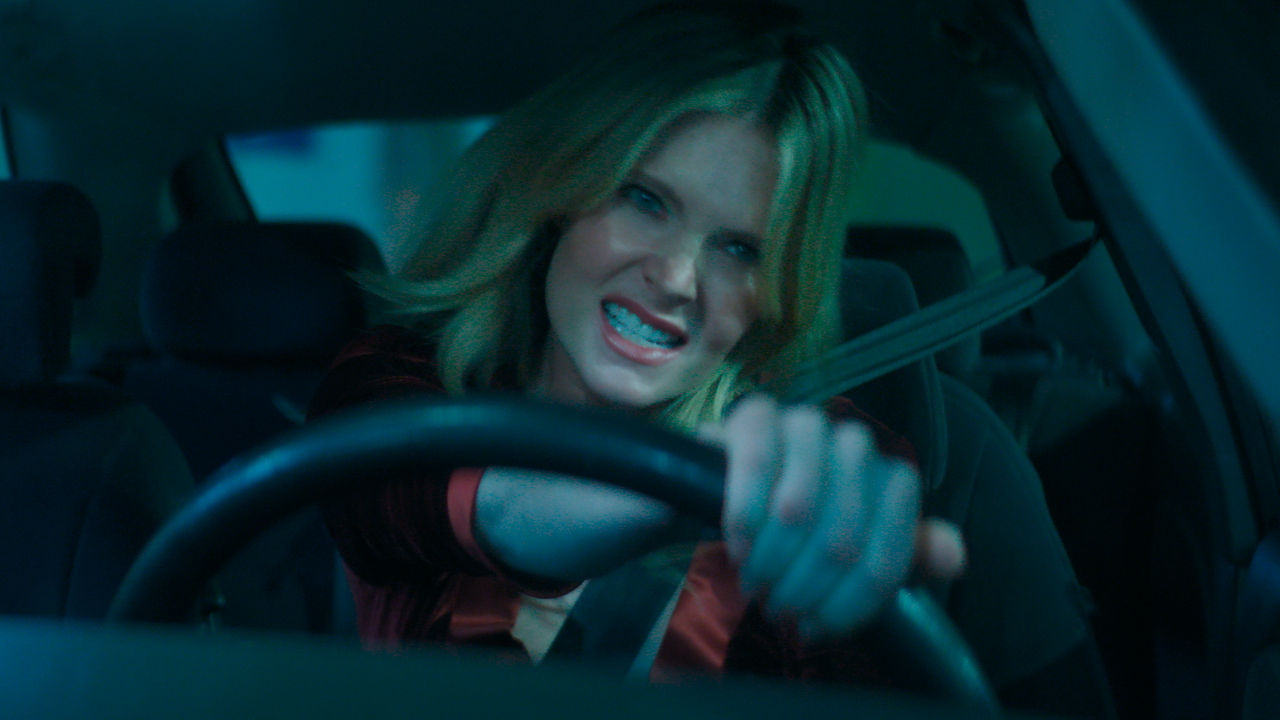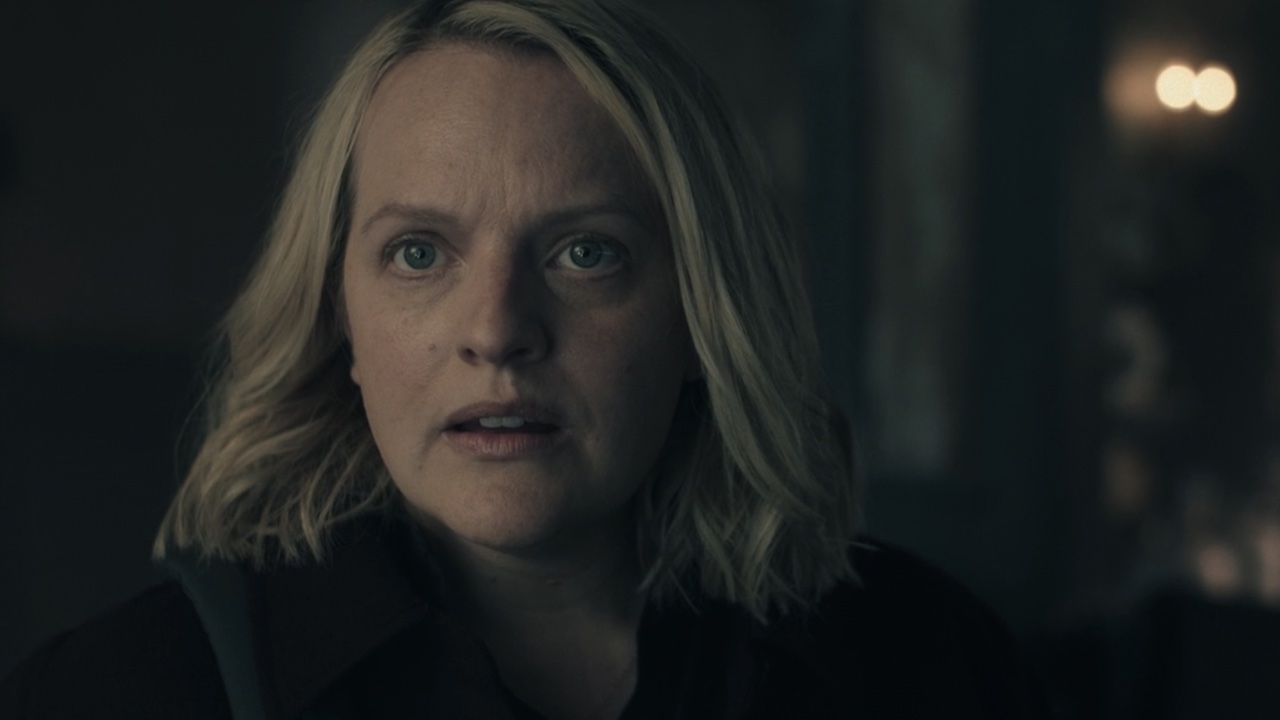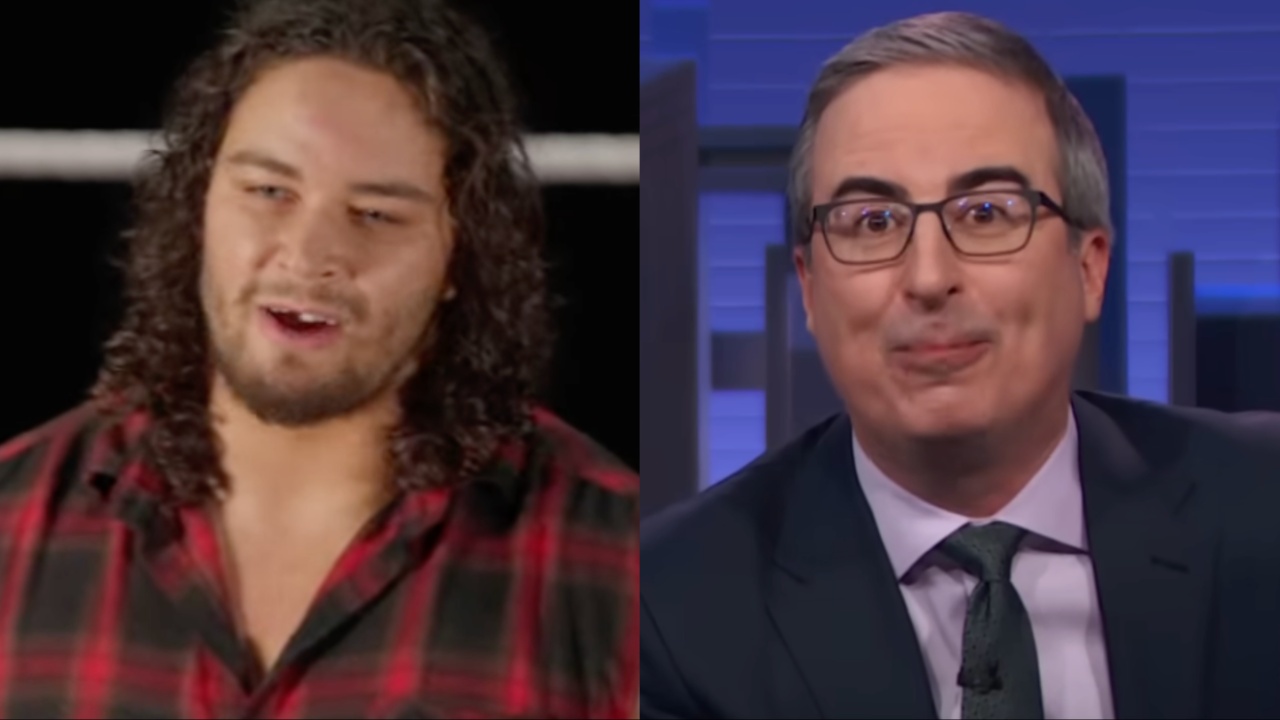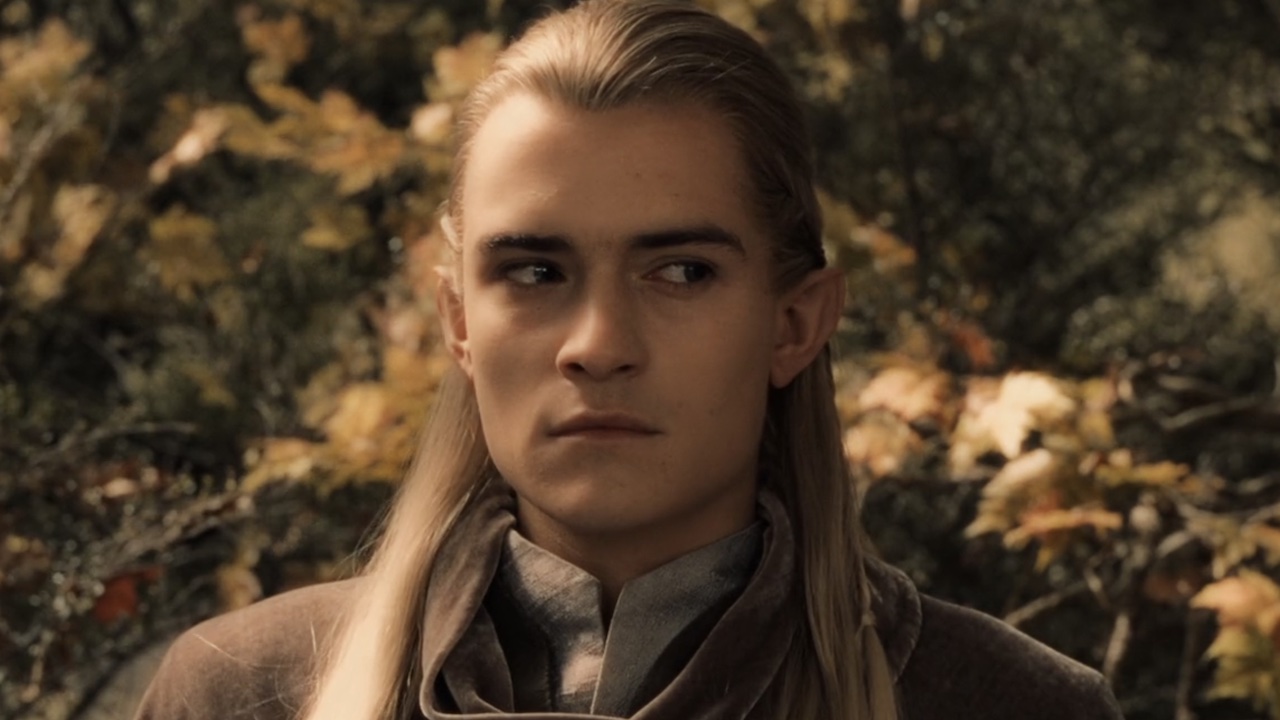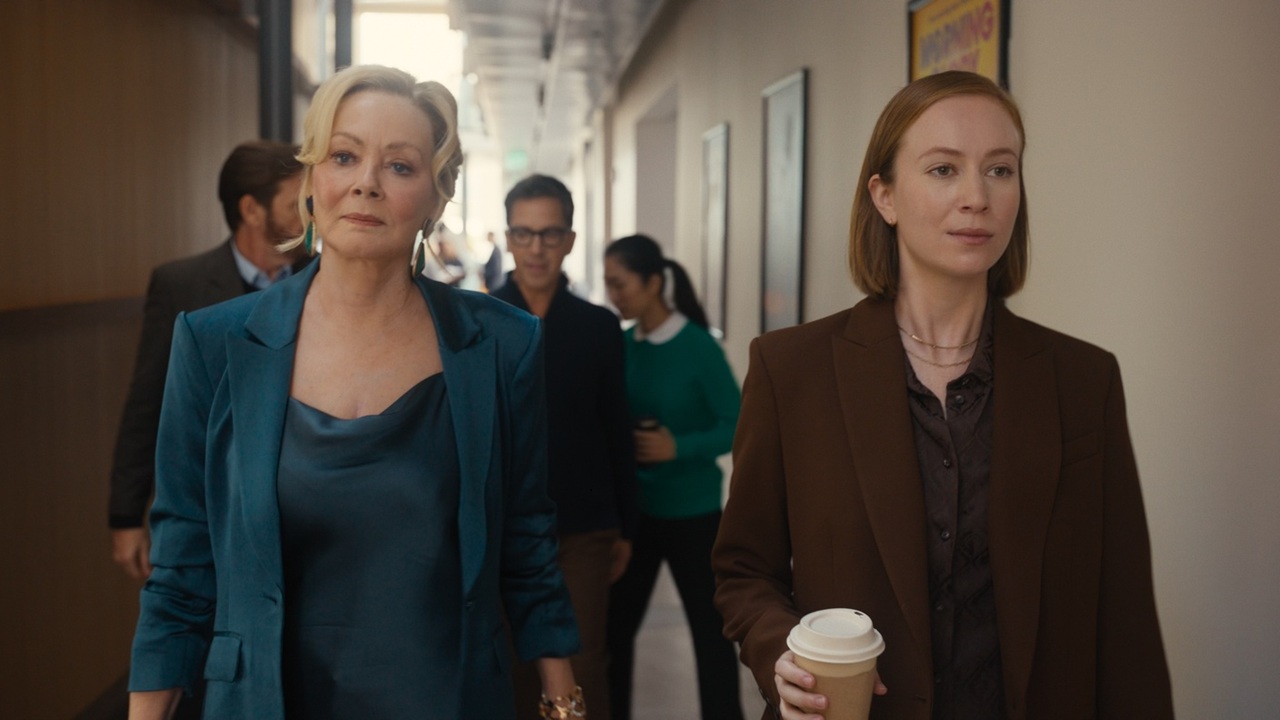16 Big Differences Between IT Chapter 2 And Stephen King's Novel

Major spoilers below for IT Chapter Two, so be sure to watch Andy Muschietti's big sequel (and maybe read the novel) before moving on.
One of the most highly anticipated movies of the 2019, IT Chapter Two hit theaters and totally blew its competition out of the viscera-infested waters with nearly $100 million earned in the first weekend. The bulky sequel, directed by Andy Muschietti and written by Gary Dauberman, essentially won over critics and audiences, despite its repetitive beats and daunting runtime, and brought this monstrous tale to a close in a way that largely honored Stephen King's source material.
To be expected, of course, the creative team made quite a few changes from Stephen King's 1,100+ page novel. Some were sensible enough as a way of building upon alterations made in the first film, but quite a few of the differences were as questionable as the evil that lurked throughout. Here, we're going over the biggest differences between IT Chapter Two and Stephen King's IT text, so grab some balloons and dive in. (You can also check out the biggest differences between the novel and the first film after you're done here.)
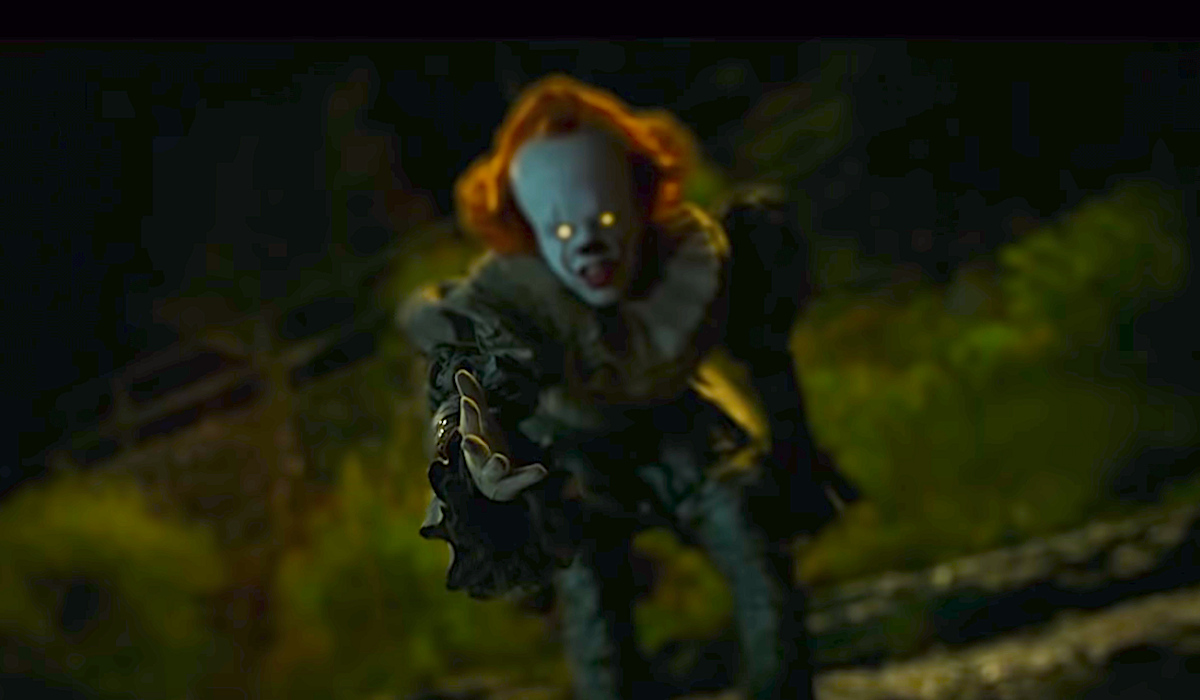
Adrian Mellon's Murder
In the novel, Adrian Mellon's assault and attempted murder by Webby Garton's homophobic bully crew were directly influenced by the AIDS-fearing times in the 1980s, and the introduction offered a harsh to the kinds of personal insults that the Losers Club would so often get pelted with. Adrian's attack, and the following police investigation, dealt up Derry's seedy undercurrent, rife with prejudice and the inherent ability to ignore the atrocities right in front of its face.
The film's present-day prologue, meanwhile, didn't get into the psyches of either those characters or the town, and served mostly to relay the notion that IT's evil had returned to Derry, even if Mike was the only person in town to recognize that. It would have at least been fitting to show the local cops trying to explain away Adrian's armpit bites as being caused by something other than an ageless monster.
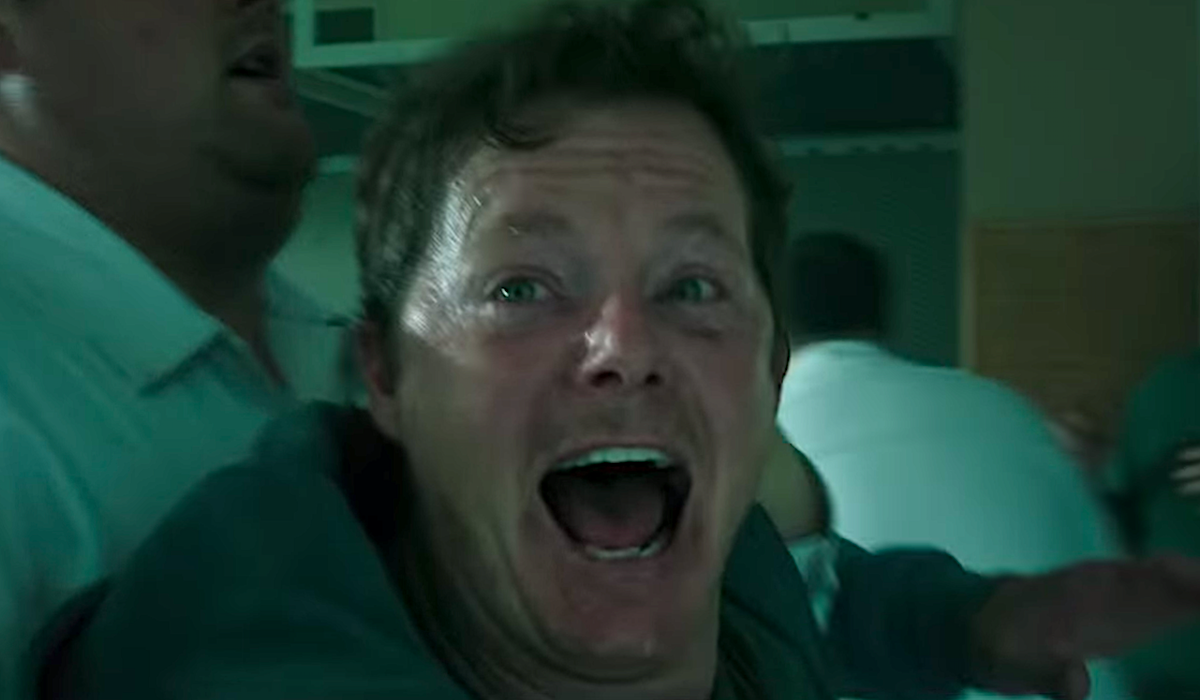
Henry Bowers' Survival And Return
In IT Chapter One, Henry Bowers fell down into the pit leading to Pennywise's underground lair, and it was revealed in IT Chapter Two that he survived and got washed up in the sewers, along with many body parts from IT's past victims. Rather than getting pinned for all of Pennywise's murders of that cycle (as it went in the novel), Henry is put away for killing his father. The film doesn't delve into Henry's personality as an adult, with Teach Grant's giddy performance solely selling just how appreciative Henry is that IT's evil influence returned to give his life meaning again.
IT Chapter Two brought Patrick Hockstetter's corpse back as Henry's transport, rather than using Belch Huggins as the novel did. However, the movie still didn't delve into just how horrific Patrick was in the novel, so it felt more like a wink to fans as opposed to honoring Patrick's importance. As well, Henry's attack on Eddie goes quite differently. Eddie doesn't kill Henry – Richie does – thus making Eddie's death feel less like an "eye for an eye" situation with IT. Plus, Movie Henry doesn't put Mike in the hospital, giving the latter character a far more active role in the film's third act, which he was largely absent from in the novel.
CINEMABLEND NEWSLETTER
Your Daily Blend of Entertainment News
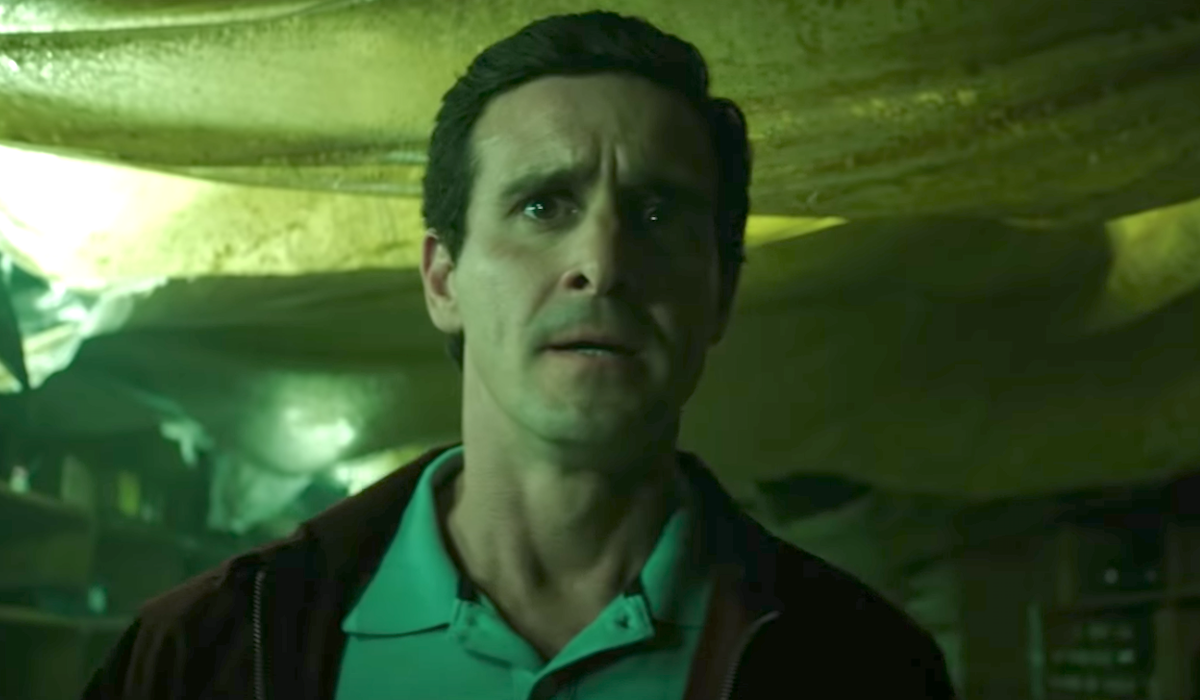
Eddie and Mr. Keene
In the novel, Eddie' big childhood scene in the pharmacy is far less directly monstrous, with the first film already handling the placebo/gazebo reveal about Eddie's asthma medicine. In IT Chapter Two, viewers got to watch adult Eddie dip back into the horrifying memory of discovering his mother's restrained body in the bowels of the pharmacy, surrounded by jars full of unidentified liquids and body parts. The scene was something of a metaphor for Eddie's subservient relationship with his mother and her presumed Munchausen-by-proxy syndrome, with Eddie's fear rendering him unable to save her from the oncoming leper. That also set up his stage-fright later when he balked on saving Ben.
What's more, the lack of attention paid to the placebo element in IT Chapter Two completely changed up Eddie's reliance on his asthma medicine, and how he later uses it to take IT down during the novel's final battle, believing the medicine to be poison. Perhaps it would have been repetitive to keep the focus on the meds, but it was such an important book element to show Eddie's mental progression/transgression from nervous pragmatist into believer.
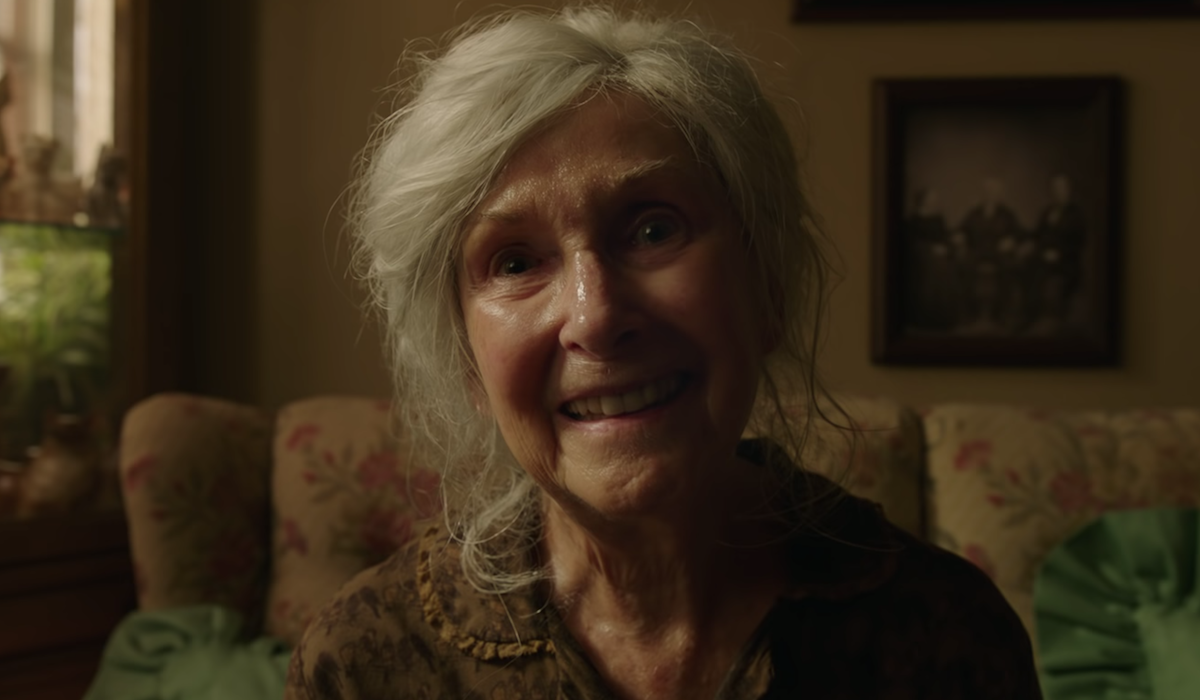
Bev's Visit To Mrs. Kersh's Apartment
While there are many comparative moments in the IT book and films that feel imbalanced when viewed together, Bev's visit to Mrs. Kersh's apartment is equally unnerving in both versions, despite the major changes. In the film, Joan Gregson's creepy AF Mrs. Kersh similarly set herself up as the daughter of the "real" Pennywise clown, even if it was presumably just IT's mental trickery, but the monster's full reveal differed greatly.
For one, Bev didn't come to the realization that her tea she'd been drinking was actually liquid shit derived from Derry's sewers. (That admittedly would have been hard to fully explain without the novel's text.) For another, Mrs. Kersh's transition into the movie's enlarged nude witch-creature wasn't prefaced by Bev's discovery that the apartment and its furnishings were actually made of candy and other confections. That "Hansel and Gretel" nod directly tapped into the fairy tale threads running throughout Stephen King's novel, which weren't as prevalent in the film.
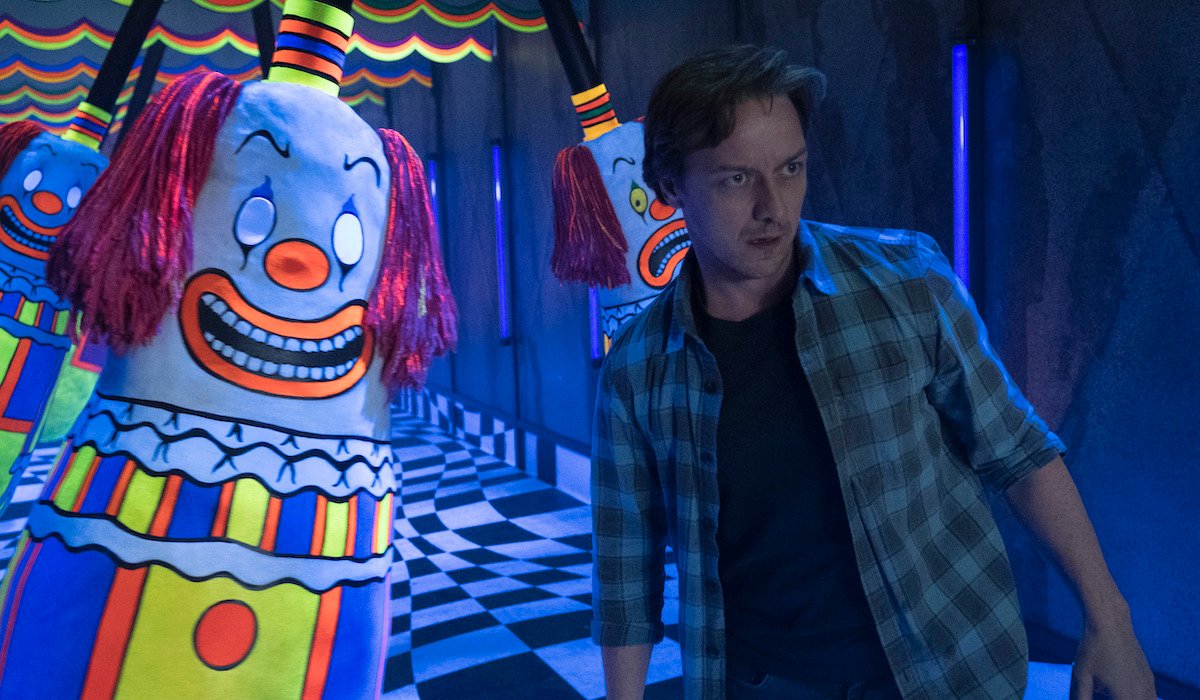
The Kid With The Skateboard And The Funhouse
In the novel, the kid with the skateboard only appeared once to Bill, and they have a much more involved conversation there that didn't make Bill look nearly as maniacal as James McAvoy's Bill looked when he accosted the boy in the film. The kid, whose name is Dean, had already appeared earlier in IT Chapter Two, whenever Richie mistook him as an avatar for IT to antagonize the group in the restaurant.
Movie Bill was much more invested in Dean's situation, with IT using skateboard omens to egg on Bill's protective nature. It all culminated in the movie's most visually colorful sequence, with Bill tracking Dean down at the Derry Canal Days festival (where Adrian Mellon had been attacked earlier in the movie). Unfortunately, Dean ended up getting killed by Pennywise while trapped in the hall of mirrors. No physical proof remained, though, making it somewhat unclear if Dean's parents were indeed destined for depression like Bill's parents were after Georgie died.
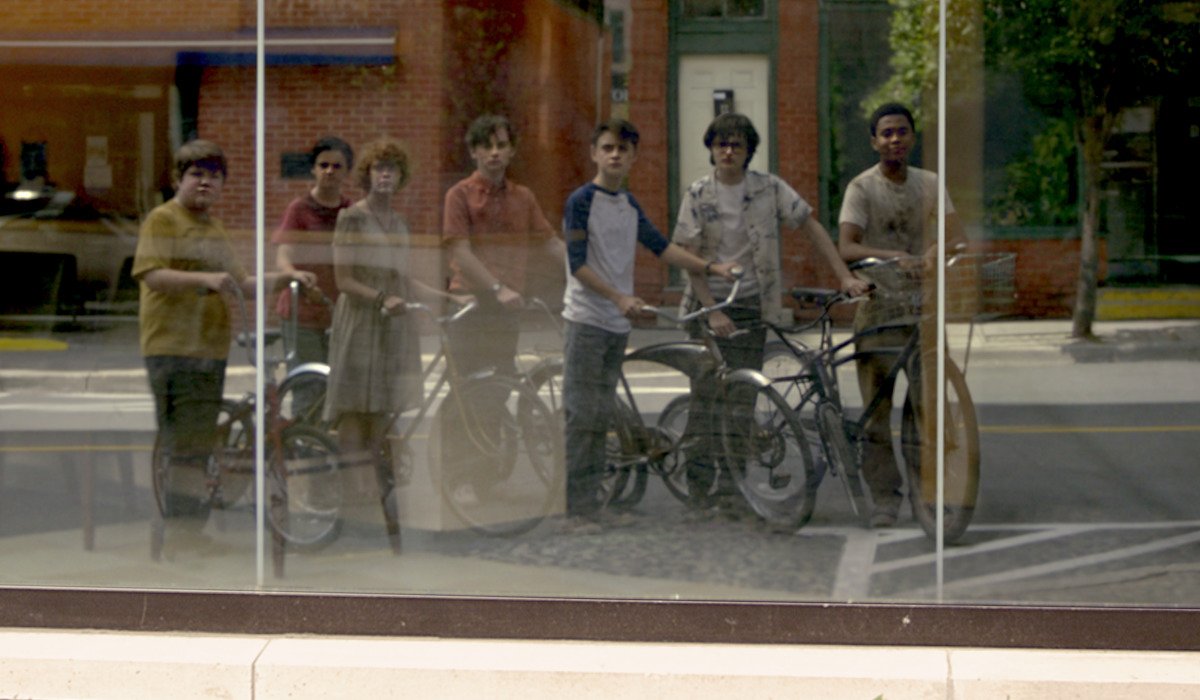
The Importance Of Bill's Bicycle Silver
As we'll discuss later, the use of silver was largely stricken from IT Chapter Two, which would have been more understandable for fans had Bill's all-too-important bicycle Silver been given due diligence in the live-action adaptation. The first film did a decent-if-not-great job at relaying Bill's dependance on the bike, and his belief in its overall power.
However, even though IT Chapter Two sets up Bill rediscovering Silver at a pawn shop – which features one of Stephen King's most prominent film cameos – the bike is more of afterthought mode of transportation as opposed to being Bill's re-strengthened connection to the blinded imagination beliefs of childhood that were so vital to weakening IT's power. Plus, viewers also missed out on the novel's sweet visual scare when Bill and Mike were putting playing cards in Silver's spokes.
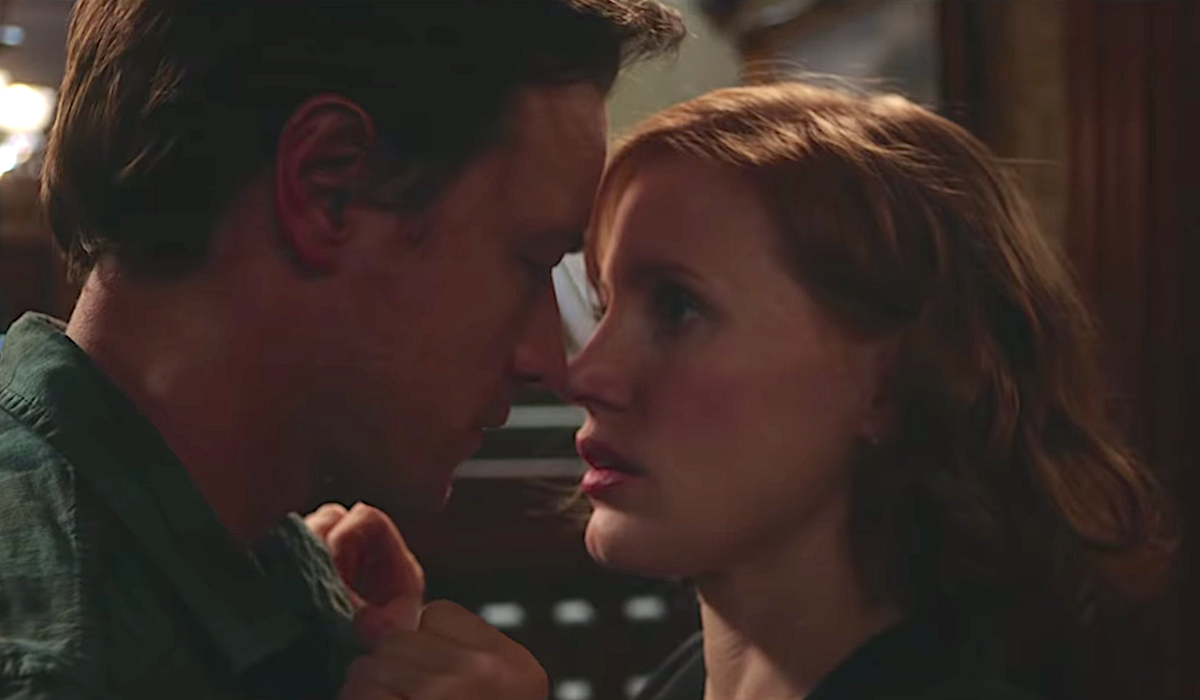
The Overall Absence Of Audra And Tom
Audra's presence in the novel is key to portraying the way in which Bill never got over his childhood crush on Bev, to the point that Bill wondered if Audra's resemblance to Bev is why he married her. She was taken captive by the IT-controlled Tom, and her rescue guided Bill's increased compulsion to destroy the evil entity. Not to mention the novel's epilogue featured Audra being pulled out of her coma after Bill took her for a bike ride on SIlver. In IT Chapter Two, Audra is shown during Adult Bill's intro, in which she poked fun at the endings of his books...and that's about it.
While Audra's absence can be justified for the live-action adaptation, it was a much bigger movie sin to chop out so much of Beverly's abusive husband Tom. Don't get me wrong, his intro scene was a disturbing slice of domestic anti-bliss that didn't need to be echoed ad nauseam, but removing him from the bulk of the adult characters' stories definitely weakened Bev's character development. Movie audiences aren't fully able to comprehend Bev's cyclical life choices, and why she would end up marrying someone whose barbaric actions so closely resemble those of her father Al. As well, Tom's absence waters down the importance behind Bev's choice to finally leave him behind to return to Derry.
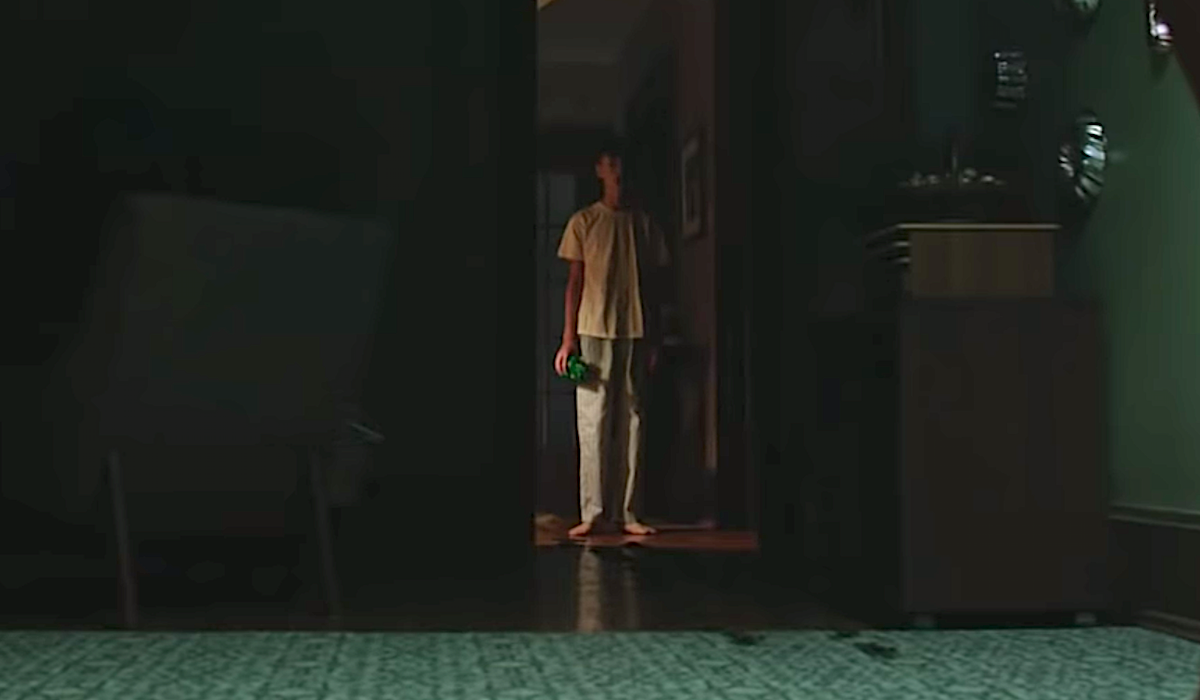
The Lack Of Maturin The Turtle
As a big fan of Stephen King's weirdest and wildest narrative choices, I never truly expected the IT films to tackle King's macroverse, involving the Guardians of the Beams that hold up the Dark Tower. Specifically here, the movie avoided introducing the massive turtle Maturin, whose vomit resulted in King's mainstream universe. (For real.) Maturin was an enemy of IT's that played into the source material's Ritual of Chüd sequence in the kids' final battle, though it was later revealed to be dead by the time the grownups fought IT.
The first film utilized a few turtle-related easter eggs, including the LEGO version seen above, but IT Chapter Two featured a completely different reference to the 20-billion-year-old being. Whenever Mike gave Bill the glass of water that led to the latter's intense hallucinations, he revealed that the water was spiked with a root-derived juice that he referred to as "Maturin."
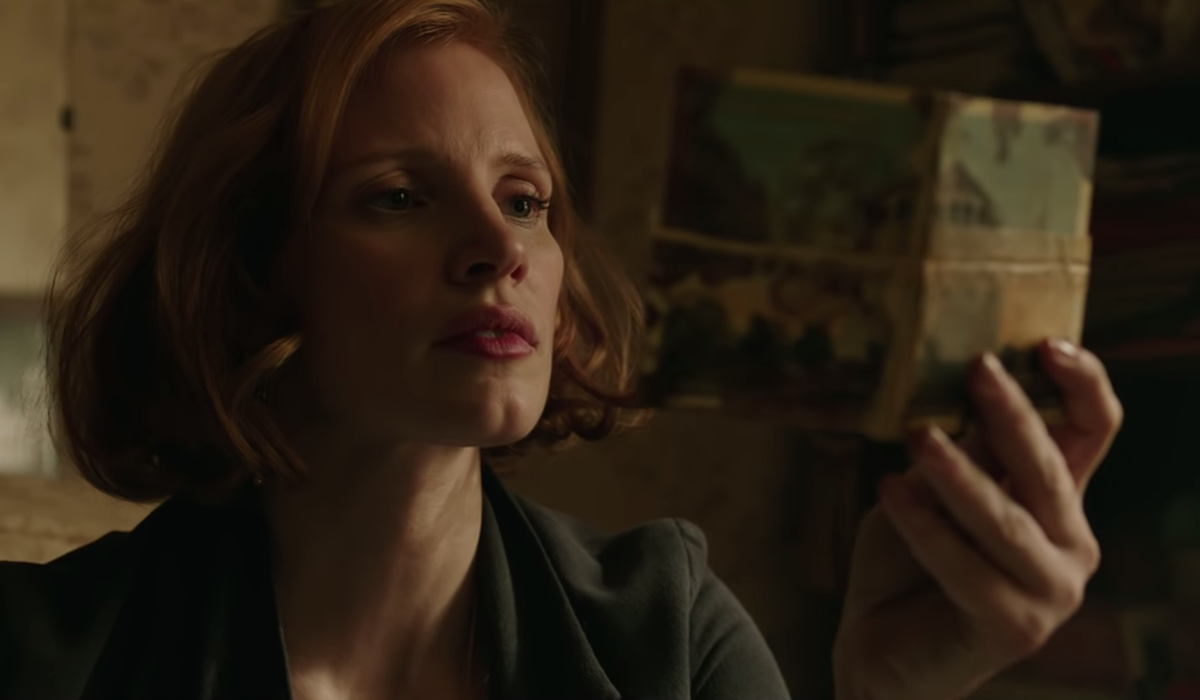
Beverly's Knowledge About Ben's Haiku
A lot of IT's emotional appeals involved the quasi-love triangle happening between Bill, Ben and Beverly, and IT Chapter Two makes a distinct change from the novel in order to keep that narrative arc running in full force. It reversed Adult Bev's suspicions that Ben was indeed the one who sent her the "your hair is winter fire" haiku that she stored behind the baseboard of her childhood bathroom, and only realizes it during the third act when both characters are on the verge of dying.
In the book, Ben and Bev's romantic feelings for each other were brought to light more directly, and it was more clear that Bill's feelings for Bev weren't being reciprocated. The film stretches that reveal out, though, giving Jay Ryan's Ben much more time to wallow in his longing while Jessica Chastain's Bev is seen wanting to believe that James McAvoy's Bill was her true secret admirer. Here's hoping she can get out of her marriage without too much trouble.
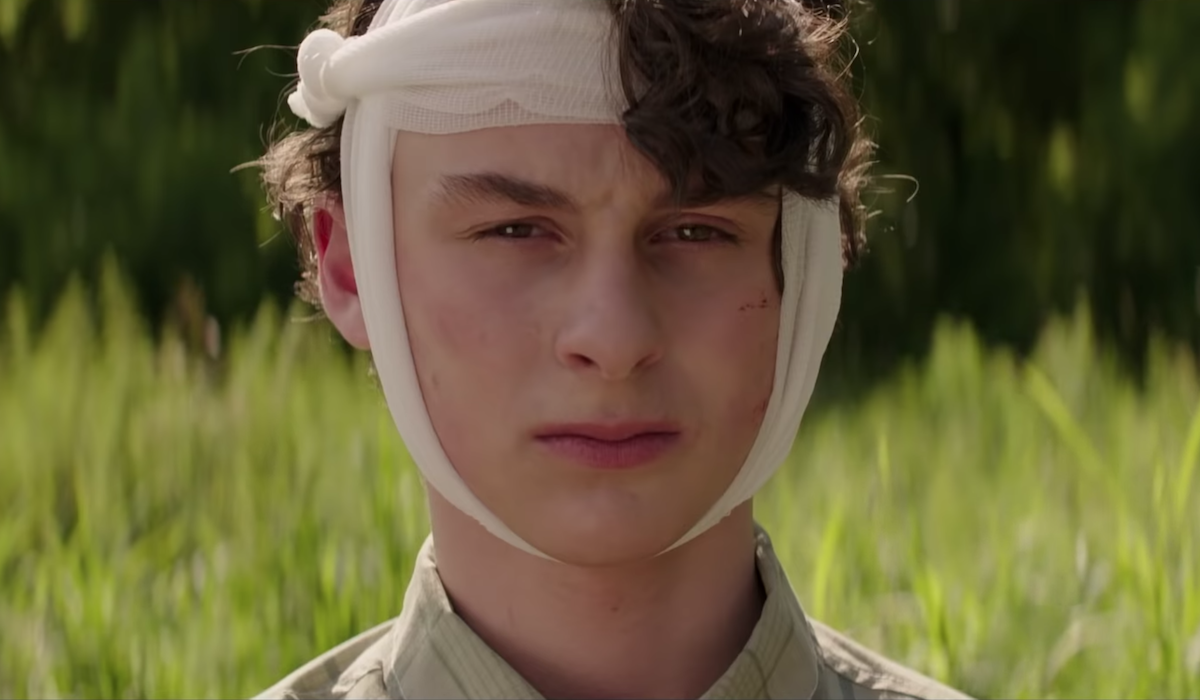
The Return Of Stan's Disembodied Head
The novel and the big screen sequel both contain disturbing sequences involving the disembodied head of Stan Uris, but they're used in very different ways. In the novel, the adult Losers Club meets up for boozy conversations at the library, and Stan's head is found inside Mike's refrigerator, along with a bunch of balloons. The head remained stationary and hurled insults at everyone else before popping and getting blood all over the place.
IT Chapter Two gives Stan's head a lot more to do, with it appearing in the house on Neibolt St. within the fridge that Pennywise jammed himself into during the first film. Emerging as young Stan, presumably so that the adults would recognize him, the head spouts legs and dashes around, foreshadowing the spider-esque form that IT takes on in both the film and novel's climactic final battle. Spider-Stan's attack on Ben is where Eddie got crippled by fear, setting up his fateful decision to attack Pennywise in IT's lair.
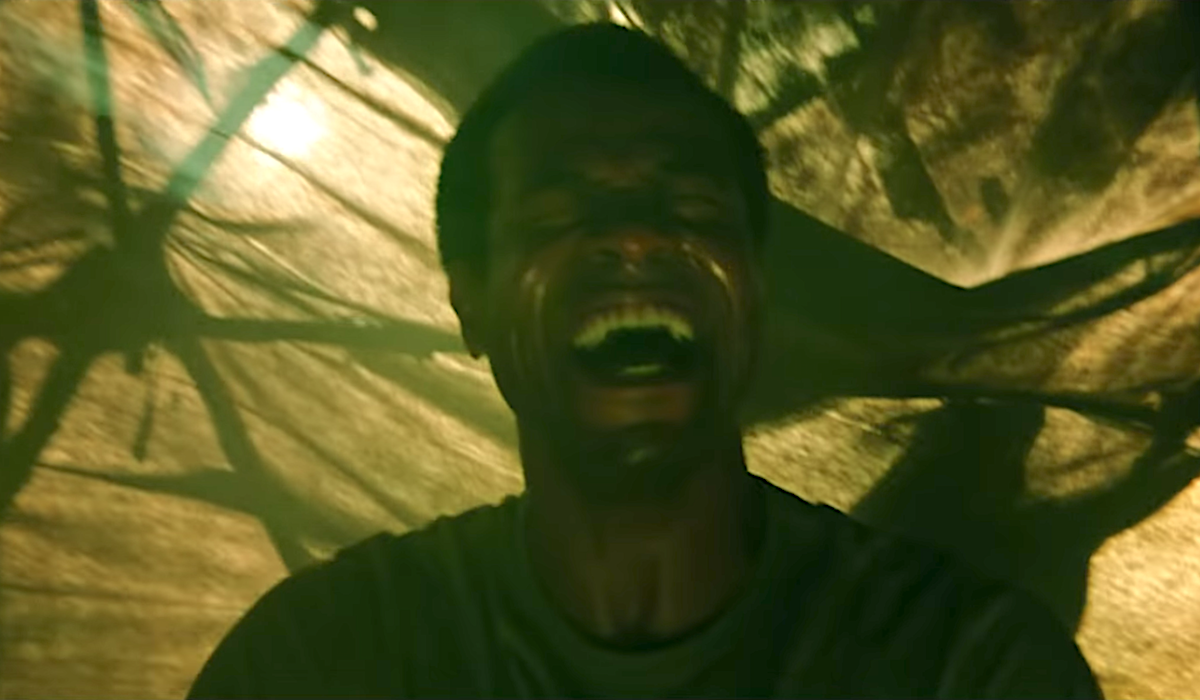
The Ritual Of Chüd
As it's depicted in the film, the Ritual of Chüd was a method of stopping IT that involved gathering memory totems and destroying them while expressing their combined lack of fear. According to Mike, it was how tribes were able to defeat IT many years ago, which he showed to Bill during that tripped-out hallucination scene. Only, Mike turned out to be a big liar in this respect, as made abundantly obvious by IT's continued plague on Derry. Mike's ritual was more or less just a way to get everyone together on the same page before facing IT as adults.
In the novel, the Ritual of Chüd referred to a battle of the minds, which was introduced when the characters were still children. It wasn't so much a ritual as Bill entering a metaphysical void where he (and eventually others) were able to come into contact with IT's true form, as strengthened by youthful optimism and faith in fantastical beliefs. Things were different when the adults attempted it, though, given their diminished faith, but it was still imperative to stopping IT once and for all, as opposed to the manner in which IT was destroyed in the film. (More on that soon.)
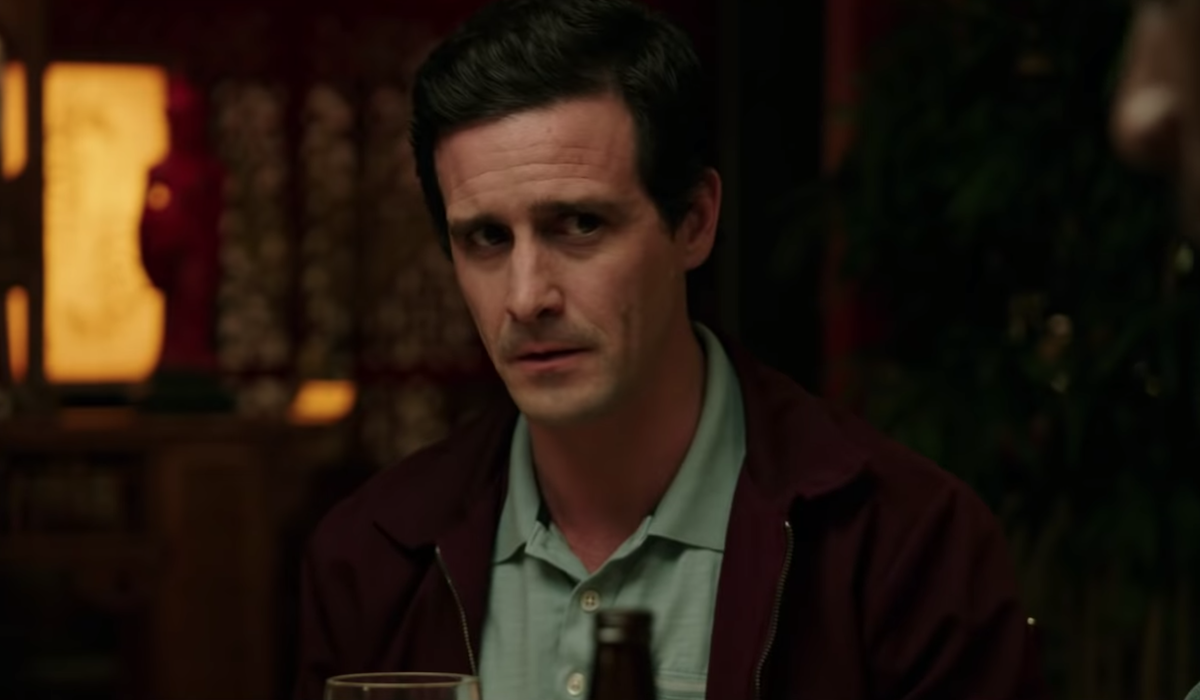
Eddie's Death
Despite any fans' hopes for other outcomes, James Ransone's Eddie does indeed share the novel character's death during the final battle with IT. Of course, things played out quite differently from one version to the next. In the book, Eddie's used his asthma inhaler to poison the spider form, and got his arm bitten off before he's tossed aside to die. The arm detail echoed the way younger Eddie's arm was broken by Henry and the other bullies, but the movie didn't feature that subtle payoff.
After the movie's Eddie culled up all of his bravery for his javelin pole-throw into the monster's mouth, he was fatally gored through the midsection, much to everyone's discontent. The movie didn't have to worry about Audra's comatose form getting brought to the surface, so it would have been nice if Eddie's body could have been recovered and given a proper burial. Sadly, he inevitably shared his final resting place with the beast that killed him, just as it went in the novel.
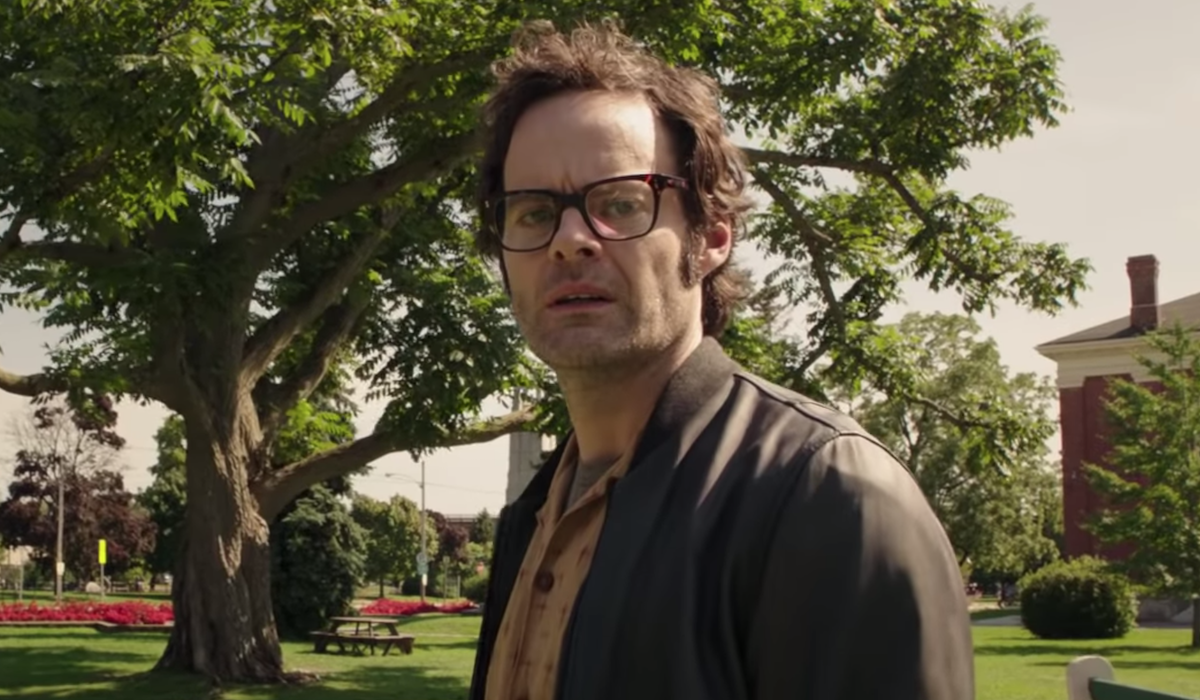
Richie's Big Secret
Richie Tozier may have had the biggest mouth of all the Losers Club members, but in both the novel and the movie, the character never overtly voiced the hidden feelings that were swirling on the inside. Namely, feelings of homosexuality. Stephen King remained vague concerning that presumption in the source material, though, offering only clues without direct declarations.
Bill Hader's Richie also didn't make any big emotional confessions during IT Chapter Two, but the film offered more substantial stepping stones leading to Richie's pre-credits reveal. Such as Henry's homophobic harassment at the movie theater leading to Pennywise chiding Richie for having a big secret, as well as the majority of Richie's playful insults being directed at Eddie. And of anyone, Richie was by far the most affected by Eddie's death, which set up the final bit when Richie updated the "R + E" carving that he'd first gouged into Derry's bridge as a child.
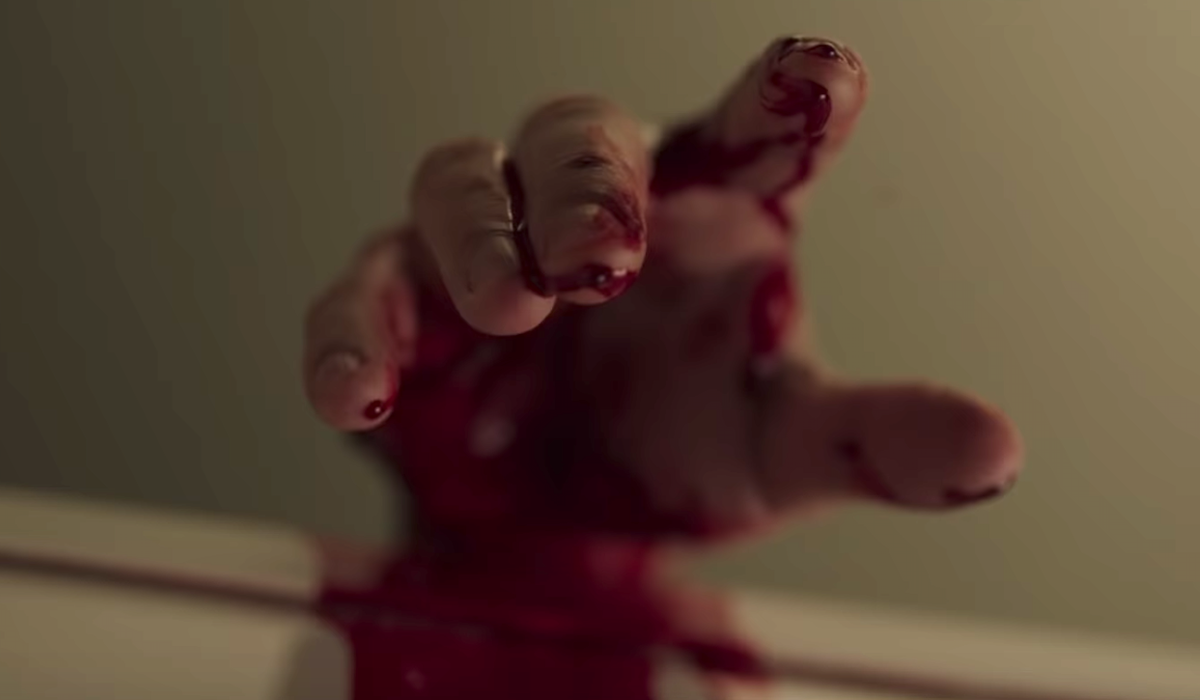
The Reason Behind Stan's Suicide
Even though Stan was the novel character who set up the group's blood pact as children, he was the only one who sabotaged his return to Derry. Instead, he almost instantly chose to commit suicide, a sign that even as a kid, he probably knew that would never be able to outrun his fears, even if Bill's bike was involved. As such, it could be viewed as an act of pure (and possibly wise) cowardice in the face of IT's return.
Interestingly, Andy Muschietti and Gary Dauberman completely flipped Stan's suicide on its head by revealing the suicide notes he sent to the rest of the Losers Club. (It should be noted the film didn't exactly show when he would have written anything so eloquently worded.) Stan explained that his final decision in life was made so that the rest of his old friends would be successful in their attempts to defeat IT, since his fear would have likely dragged everyone else down. Unlike many other changes from the novel, this is one that arguably should have been used by Stephen King when he wrote IT.
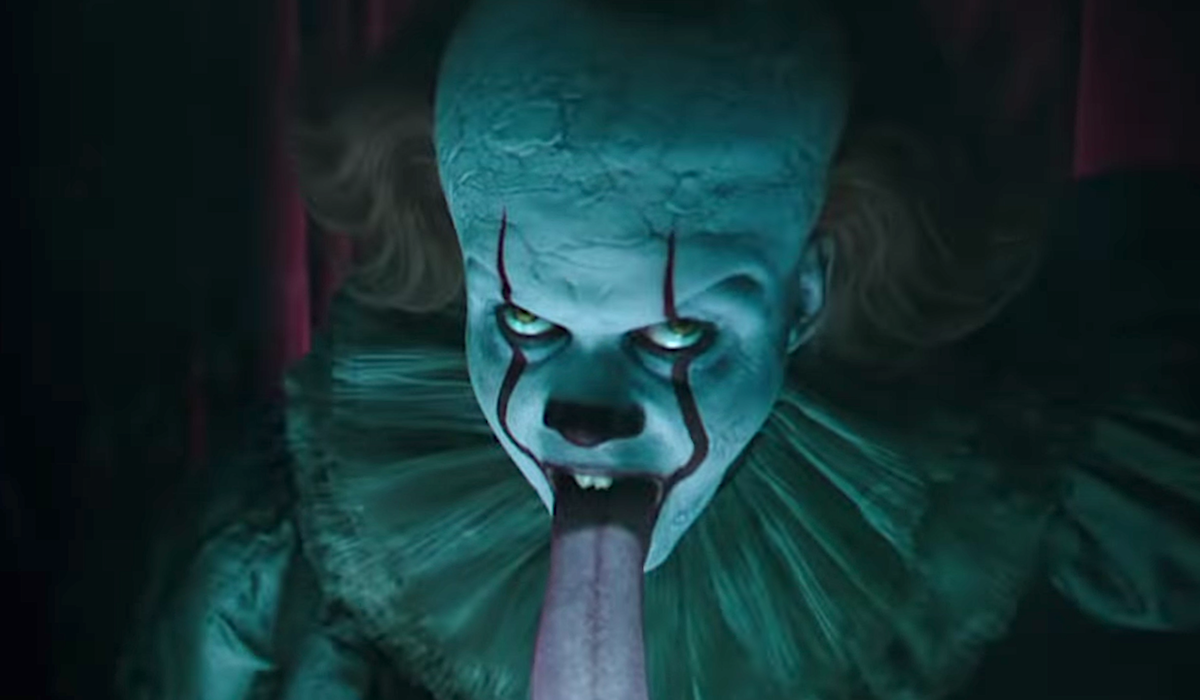
The Way IT Was Killed
As previously touched upon in the Ritual of Chüd entry, the adult Losers Club's fight with IT's final form largely eschewed the novel's use of the imagination-fueled weapons. In Stephen King's work, both Richie's humor and Eddie's asthma medication were vital in hurting IT the way that silver previously had, giving the protagonists their first real advantage. Inspired by saving the unconscious Audra, Bill eventually took matters into his own hands, quite literally, thrusting his fists against IT's pleading form before finally ripping that sucker's heart out and killing it for good.
IT Chapter Two's adult characters instead gave IT a taste of its own medicine by screaming hateful insults as a way to dispel the beast's power. It's a questionable form of revenge, as it were, since this seemingly eternal evil was essentially defeated simply by being called a "fucking clown" over and over. Plus, the only reason that maneuver was even an option is because the film continued personalizing IT's arachnid form with Pennywise's head, while the novel purposefully removed everything that was humanistic about the creature.
Also worth noting is IT Chapter Two's ending perhaps smartly avoided bringing up the novel's reveal that IT was pregnant during the fight against the adult protagonists, so moviegoers were spared the sight of Ben stomping out a bunch of gross eggs. As well, the movie allowed Mike, who'd stayed connected to his childhood fear for all those years by remaining in Derry, to be the character who pulled out IT's still-beating heart in order to fully bring its reign to an end.
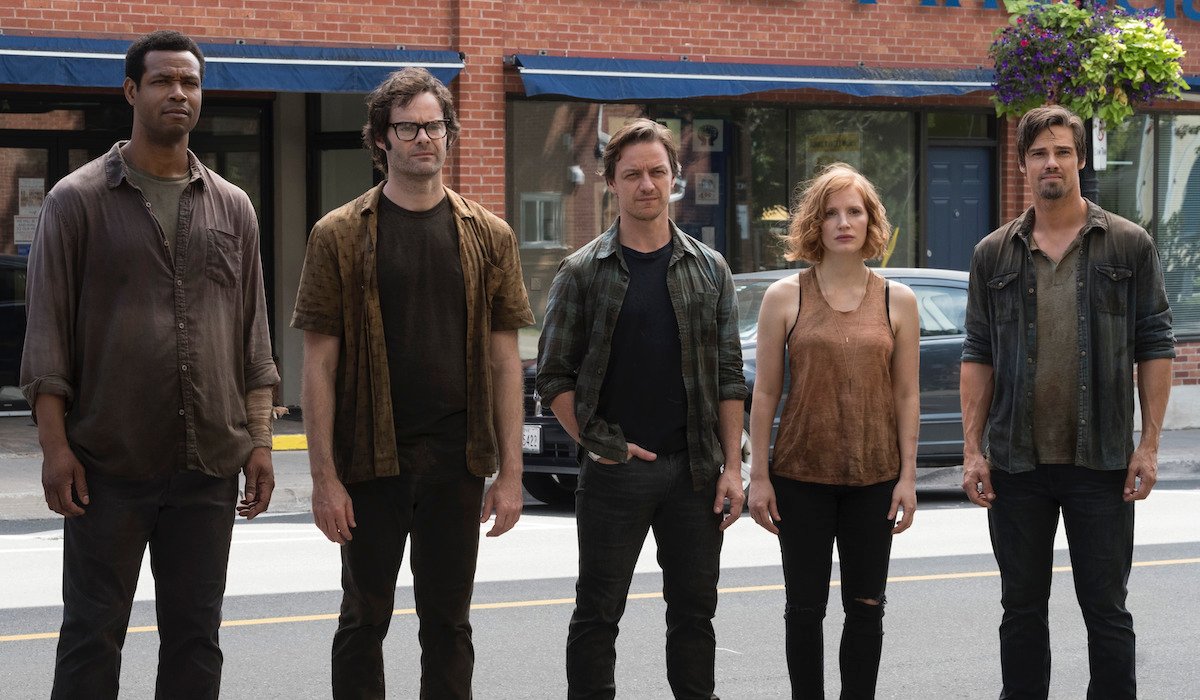
The Losers Club's Memories
Stephen King's novel ending was somewhat bittersweet for its surviving protagonists, in that defeating IT did not stop everyone's Derry-related memories from fading away once they got farther from the disturbing small town. Ben and Bev became romantically involved, which was a win, but it was made clear that they would all once again forget about IT's reign of terror, as well as their once-in-a-lifetime friendships. Meaning there might not be anyone to mourn Eddie's death in the weeks and months that followed.
That notion is avoided during IT Chapter Two, which sets up that the survivors maintained their memories in the time after everyone had moved on from Derry. After all, that's how Bill and Mike were able to grasp the importance of Stan's self-sacrifice, which would have been the most random letter to get had no one remembered who Stan was. Perhaps it's a shame that they all have to live with those supernatural traumas for the rest of their days, but hopefully they can find equal amounts of happiness knowing that their actions changed the world.
That's presumably all for the Losers Club for now, at least until the next time Stephen King's IT gets adapted for audiences. Possibly in 25 years when the younger Chapter One cast is old enough to play the adults. They're down for it, in any case, so stay tuned to CinemaBlend to see where this and other Stephen King adaptations like Doctor Sleep will be going next.

Nick is a Cajun Country native and an Assistant Managing Editor with a focus on TV and features. His humble origin story with CinemaBlend began all the way back in the pre-streaming era, circa 2009, as a freelancing DVD reviewer and TV recapper. Nick leapfrogged over to the small screen to cover more and more television news and interviews, eventually taking over the section for the current era and covering topics like Yellowstone, The Walking Dead and horror. Born in Louisiana and currently living in Texas — Who Dat Nation over America’s Team all day, all night — Nick spent several years in the hospitality industry, and also worked as a 911 operator. If you ever happened to hear his music or read his comics/short stories, you have his sympathy.

